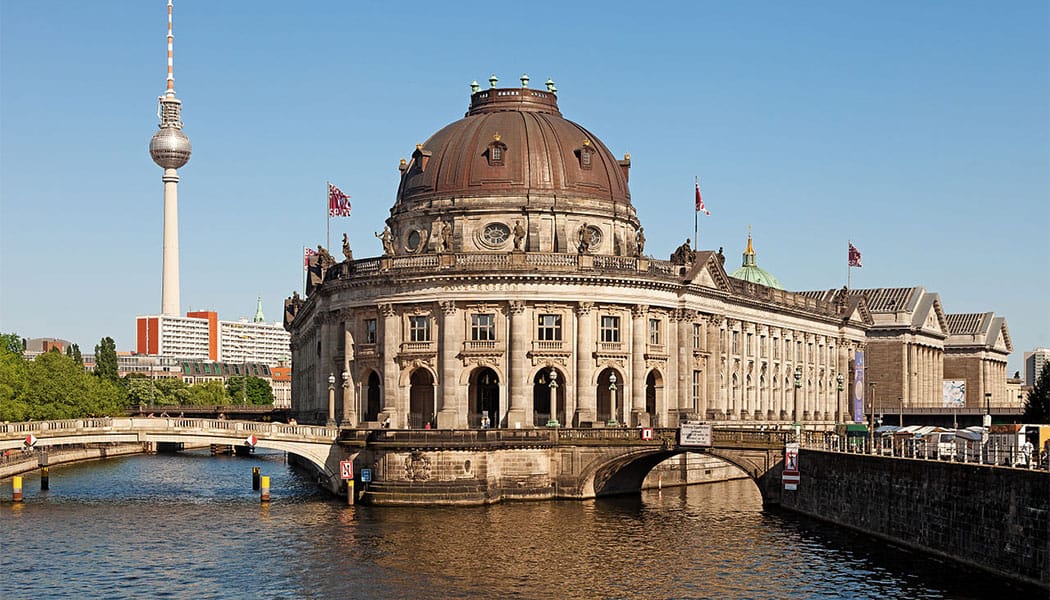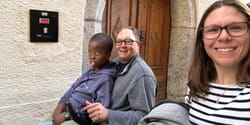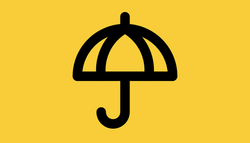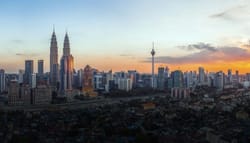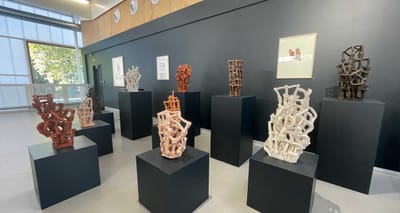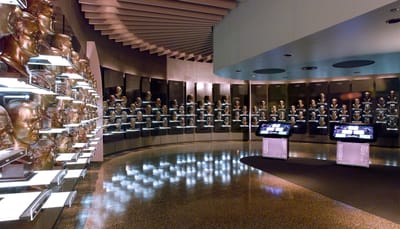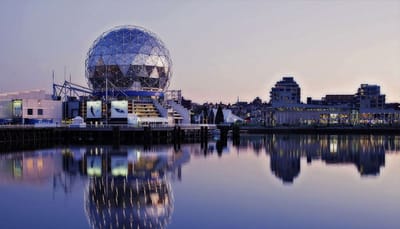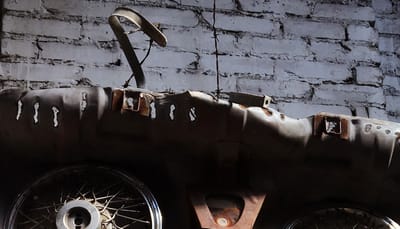If you’ve been reading my blog for awhile, you’ll know that I have a great appreciation for art and history museums. They respect and preserve the heritage of people, nations and cultures. I make sure to include accessibility information for the top museums in all of my wheelchair travel guides. While most tourists aren’t interested in dedicating an entire vacation to touring museums, we do want to see the big ones.
Berlin’s Museum Island, located at the center of the Spree River, is home to 5 of the world’s most respected museums. Their collective holdings are so significant, the island was designated a UNESCO World Heritage Site in 1999.
Berlin is my favorite city in Europe, and I travel there once or twice each year. Due to the rotating collections at the various galleries, I make sure to visit Museum Island every time I am in the city. All of the museums on the island are wheelchair accessible, and I’d like to share with you some photos from my June 2016 visit.
Alte Nationalgalerie
The Alte Nationalgalerie, or Old National Gallery is Berlin’s premier art gallery. The collection features Neoclassical, Romantic, Impressionist and Modernist artwork.
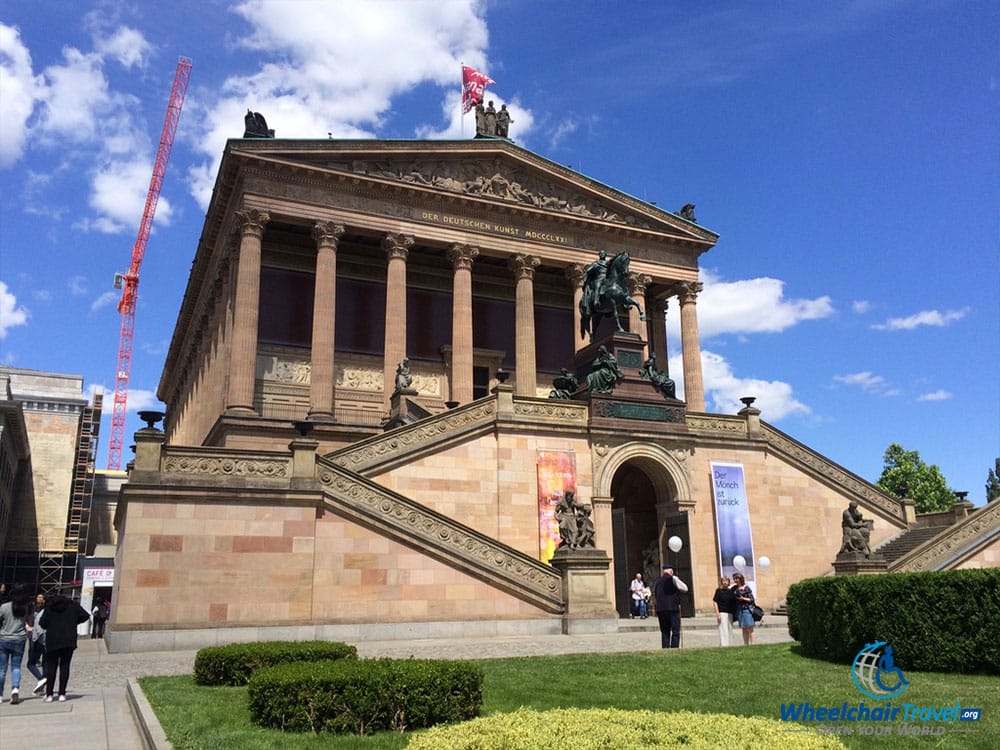
The National Gallery was founded in Berlin in 1861, and ground was broken on the present structure in 1867. The gallery was opened in 1876, containing the works of only Prussian artists. Over the next century, the collection expanded and grew to include Europe’s largest repository of modern French art.
The collection includes works by many celebrated artists including Caspar David Friedrich, Max Liebermann, Edouard Manet, Adolph von Menzel, Claude Monet and Johan Gottfried Shadow. Among the “must-see” pieces are Friedrich’s The Monk by the Sea and von Menzel’s The Iron Rolling Mill.
For more information, visit the museum website.
Neues Museum
The Neues, or New Museum opened on Museum Island in 1855. Its collections focus on and include artifacts from Prehistory, Early History and Egyptian History. The museum was closed at the start of World War II, and was seriously damaged during the Allied bombings of Berlin. The museum did not re-open until 2009.
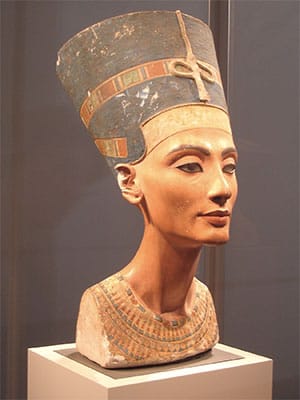
The most popular piece currently held in the museum is the 3,300-year-old bust of Nefertiti, first unearthed by archaeologists in 1912. Nefertiti was the wife of Egyptian Pharaoh Akhenaten, and has become a symbol of feminine beauty in the Ancient World. The painted and stucco-coated limestone bust is believed to have been created in the year 1345 BC by the sculptor Thutmose. Although the bust has been displayed in other museums throughout Germany, it is now kept permanently at the Neues Museum.
The museum also houses a large collection of Egyptian papyrus from the time of Phroah Akhenaten. It is the primary public space of the Egyptian Museum of Berlin, and is considered to hold the world’s most important collection of Ancient Egyptian artifacts. Even if you are not excited by ancient history (most people, including me, prefer modern history), the museum is one you just have to visit. It is truly amazing that we have been able to preserve such incredible pieces of art and history, despite their age in the thousands of years.
For more information, visit the museum website.
Pergamon Museum
The most visited art museum in Germany is the Pergamon Museum, a true staple of Museum Island. The Pergamon was built from 1910 to 1930, and is best known for its original size reconstructions of monumental buildings. The museum’s contents are separated into the Antiquities, Middle East and Islamic Art collections.
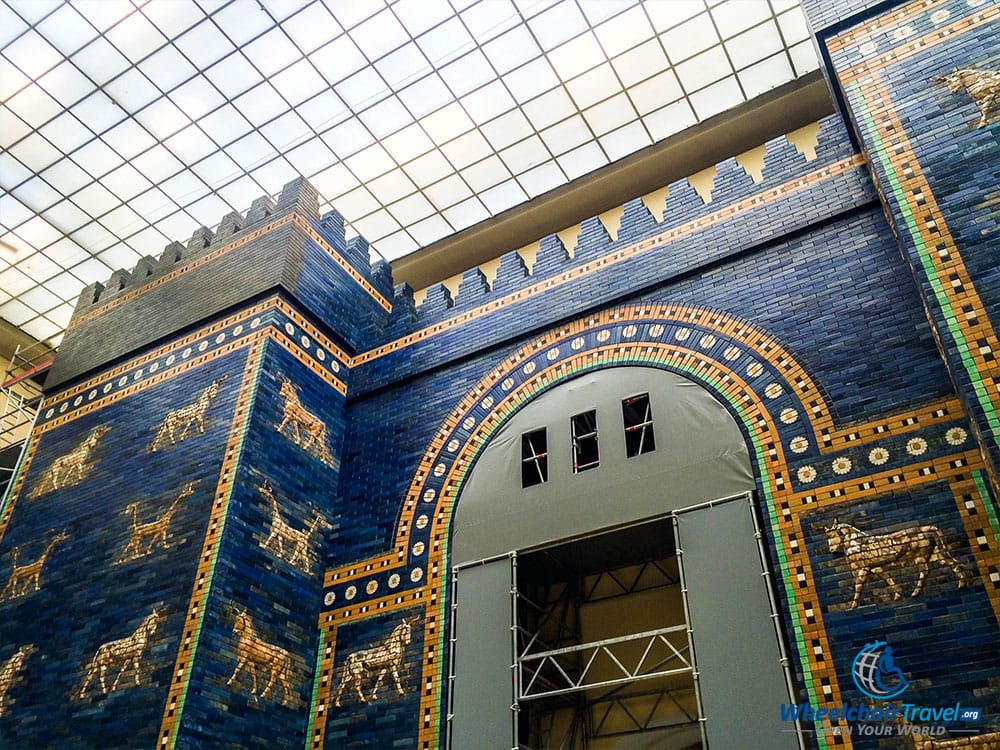
The most popular reconstruction is the Ishtar Gate, built in the year 575 BC on the north side of the City of Babylon. The gate was excavated in the 20th century, and the wall gate was reconstructed using the original bricks that were unearthed. The reconstruction that is seen in the Pergamon Museum is described as one of the most complex archaeological excavations and reconstructions in history. It will (and should) blow you away!
For more information, visit the museum website.
Altes Museum
The Altes, or Old Museum was opened in 1830, and occupies one of the most beautiful buildings on the island – a fine example of Neoclassical architecture. 18 romanesque columns support the front of the museum, and the incredible atrium prepares visitors for the beauty that lies inside the exhibits and galleries.
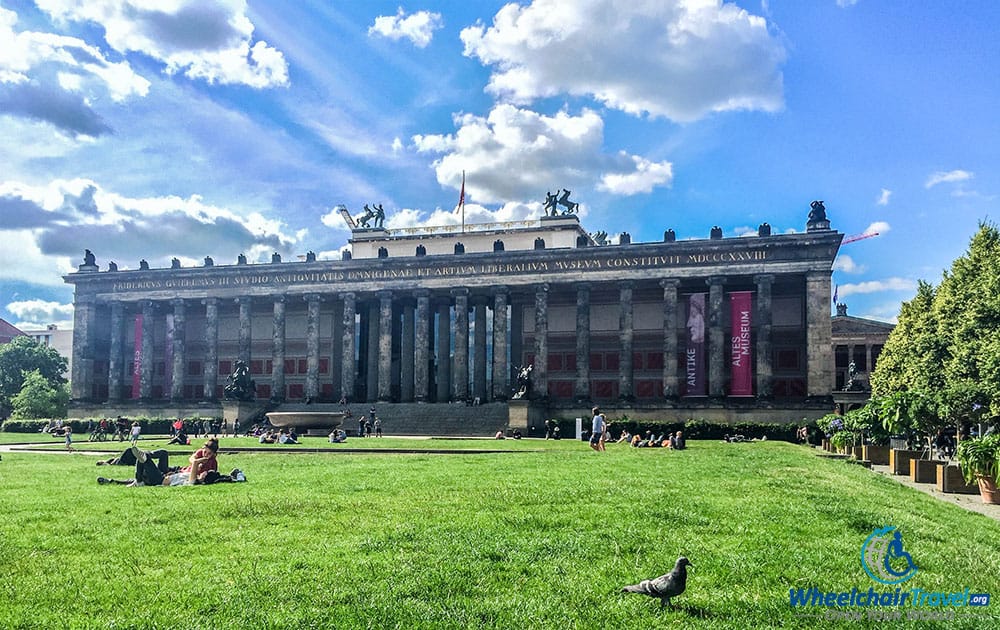
The text written across the top of the building reads, ‘Friedrich Wilhelm III has dedicated this museum to the study of all antiquities and the free arts, 1828’.
Collections primarily relate to the art and culture of the Etruscans, Greeks and Romans – pillars of classical antiquity. The most revered pieces are the works of sculpture, and selections from the significant coin collection.
For more information, visit the museum website.
The Bode Museum
Originally named in honor of Emperor Frederick III, the Bode Museum was renamed in the 1950s for its first curator, Wilhelm von Bode. The museum opened in its current building on Museum Island in 1904. It today houses a diverse collection of sculptures, Byzantine art, religious pieces and coins. The collection contains pieces from the Middle Ages, Italian Gothic period and the Renaissance.
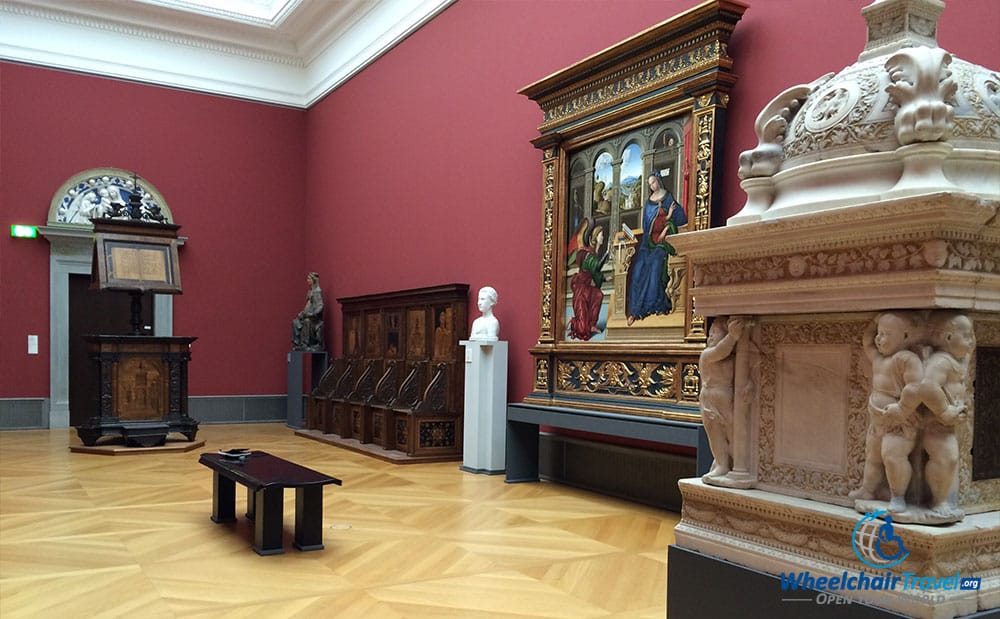
The most interesting exhibit hall to me was room 220, which contained religious artifacts from the Italian Renaissance period. In the foreground is a marble tabernacle, a central component of Catholic churches of the Renaissance and today. The painting at the center of the room is an altarpiece that is known to have come from Lucca, Italy. This painting depicts the Annunciation, with the Virgin Mary seated at her desk. Other pieces in this exhibit include choir stalls and a choir lectern, as well as busts, sculptures, crosses and other church complements taken from Italy.
For more information, visit the museum website.
Tickets & Admission
Each of the 5 museums on the island are managed by the National Museums in Berlin. Tickets can be purchased individually to each museum for € 12,00. A better deal can be found in the day pass to all 5 museums for € 18,00.
Tourists visiting Berlin would be smart to dedicate an entire day to exploring Museum Island. It is certainly possible to fit all 5 of the museums in on a single day, if you are selective about the things you wish to see. Each museum provides a directory map which you can use to pick out the exhibits that interest you.
Location & Transportation
Museum Island can be reached easily using Berlin’s wheelchair accessible public transportation system. Bus routes 100, 200 and N2 stop at the Lustgarten – just steps away from the Berlin Cathedral and Altes Museum, and only a block away from the other 4 museums. This is the nearest public transit option.
The nearest S-Bahn station, Hackescher Markt, is located just across the river. This station is served by lines S5 and S7. Alexanderplatz Station, served by both the S-Bahn and U-Bahn, is nearby as well – a 1 kilometer walk from the island.
Have you visited Museum Island? If so, which museum was your favorite?
Which of the museums are you most interested in visiting?

